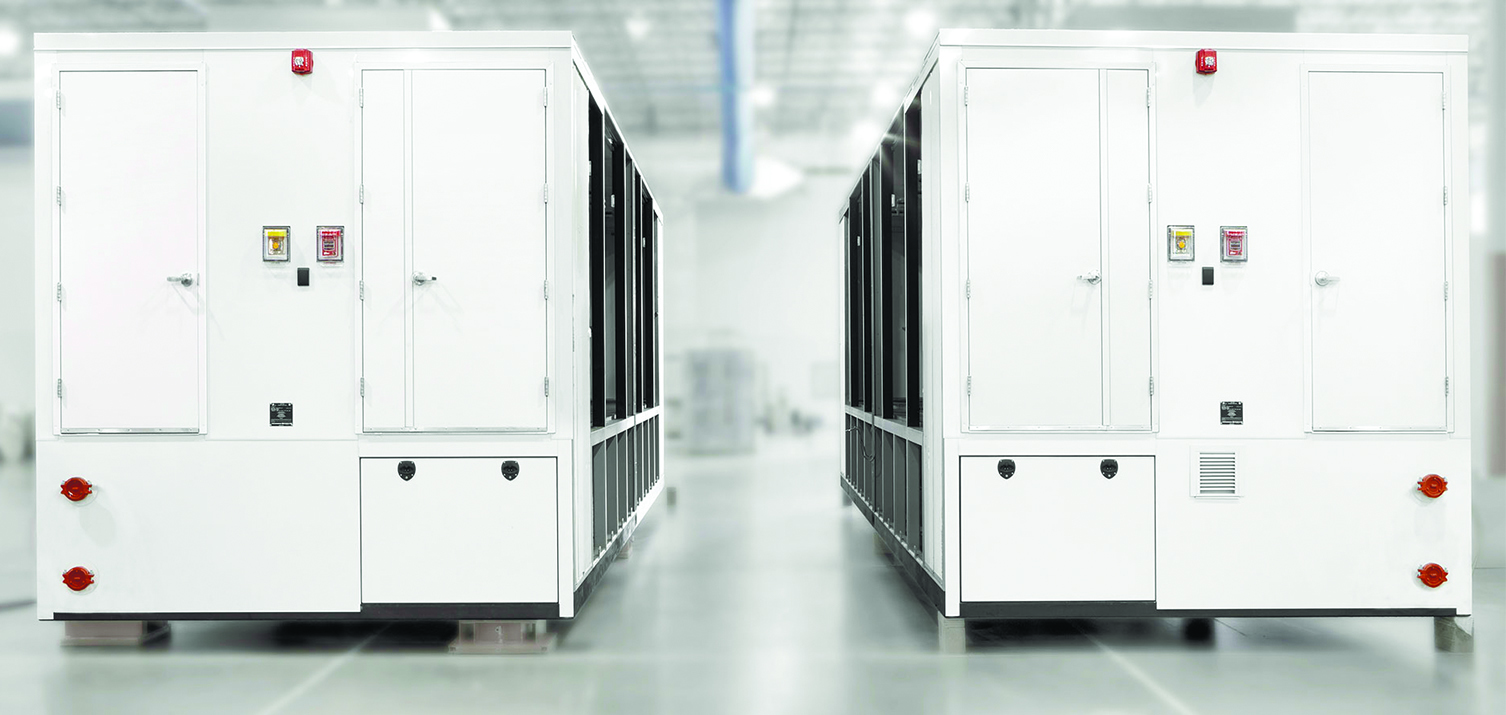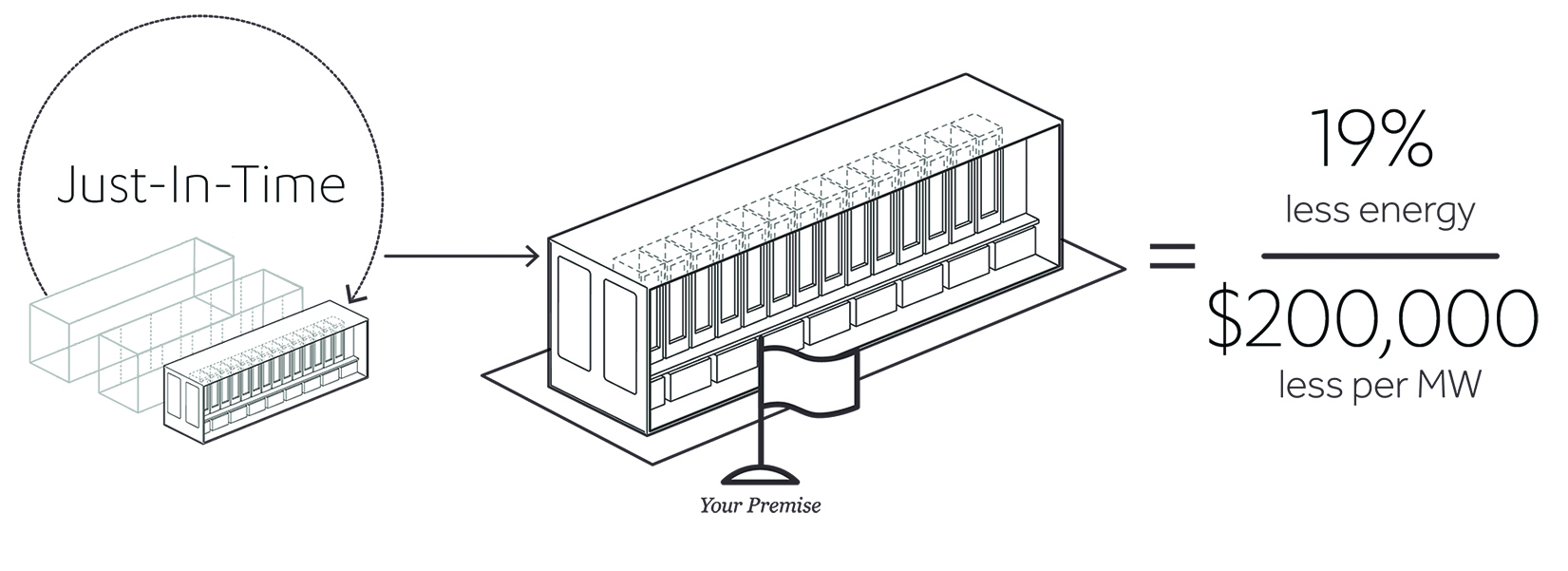Data center with container
IO is a renowned American colocation provider that specializes in the construction, sale and rental of IO.Anywhere modular data centers. Simply put, it is engaged in the provision of premises in the machining rooms of its data center for the placement of client server equipment.

This month it became known that IO will be divided into 2 companies. One of them will reserve the name IO and will continue to operate as a data center provider. The second one will be called BaseLayer - a vendor – company that will focus on modular data centers, and will also use special software for managing data center infrastructure - IO.SO.

Last week, BaseLayer announced the deployment of the most interesting project in the field of data center construction. IO containers will be directly connected to the main transmission line (PTL), which means a complete rejection of diesel generators and uninterruptible power systems. The reliability of such a system will be demonstrated in practice. BaseLayer container server farms are manufactured at a renovated factory in Chandler (a suburb of Phoenix, Arizona). It also housed the main office of the newly formed company. Before us is a video that opens the curtain of the process of manufacturing container data centers.
')
Due to the unique design of the modules, the Baselayer data center infrastructure is highly efficient and allows you to achieve significant savings, reducing energy costs by 19% compared to traditional raised floors. By the end of the year, the PUE coefficient of that part of IO Phoenix, where the raised floor is used, was 1.73 units, and the average annual PUE of the modular part was 1.41 units. That allowed for the year to save $ 200,000 per megawatt of power of IT equipment. Such modules provide the ability to manage air flow much more efficiently than in the case of “hot” and “cold” corridors, and with the operating system for managing IO.OS data centers, it is realistic to achieve maximum optimal control of cooling and power consumption.

It is difficult to predict when such solutions will be used with us. Virtually all the prerequisites for this we have, the only moment is the desire of the people themselves to introduce something but new. Perhaps this technology will not be widely used, but it will undoubtedly give impetus to the development of something new and no less ambitious.

This month it became known that IO will be divided into 2 companies. One of them will reserve the name IO and will continue to operate as a data center provider. The second one will be called BaseLayer - a vendor – company that will focus on modular data centers, and will also use special software for managing data center infrastructure - IO.SO.

Last week, BaseLayer announced the deployment of the most interesting project in the field of data center construction. IO containers will be directly connected to the main transmission line (PTL), which means a complete rejection of diesel generators and uninterruptible power systems. The reliability of such a system will be demonstrated in practice. BaseLayer container server farms are manufactured at a renovated factory in Chandler (a suburb of Phoenix, Arizona). It also housed the main office of the newly formed company. Before us is a video that opens the curtain of the process of manufacturing container data centers.
')
Due to the unique design of the modules, the Baselayer data center infrastructure is highly efficient and allows you to achieve significant savings, reducing energy costs by 19% compared to traditional raised floors. By the end of the year, the PUE coefficient of that part of IO Phoenix, where the raised floor is used, was 1.73 units, and the average annual PUE of the modular part was 1.41 units. That allowed for the year to save $ 200,000 per megawatt of power of IT equipment. Such modules provide the ability to manage air flow much more efficiently than in the case of “hot” and “cold” corridors, and with the operating system for managing IO.OS data centers, it is realistic to achieve maximum optimal control of cooling and power consumption.

It is difficult to predict when such solutions will be used with us. Virtually all the prerequisites for this we have, the only moment is the desire of the people themselves to introduce something but new. Perhaps this technology will not be widely used, but it will undoubtedly give impetus to the development of something new and no less ambitious.
Source: https://habr.com/ru/post/245963/
All Articles